Sustainability, Free Full-Text
Por um escritor misterioso
Last updated 29 maio 2024
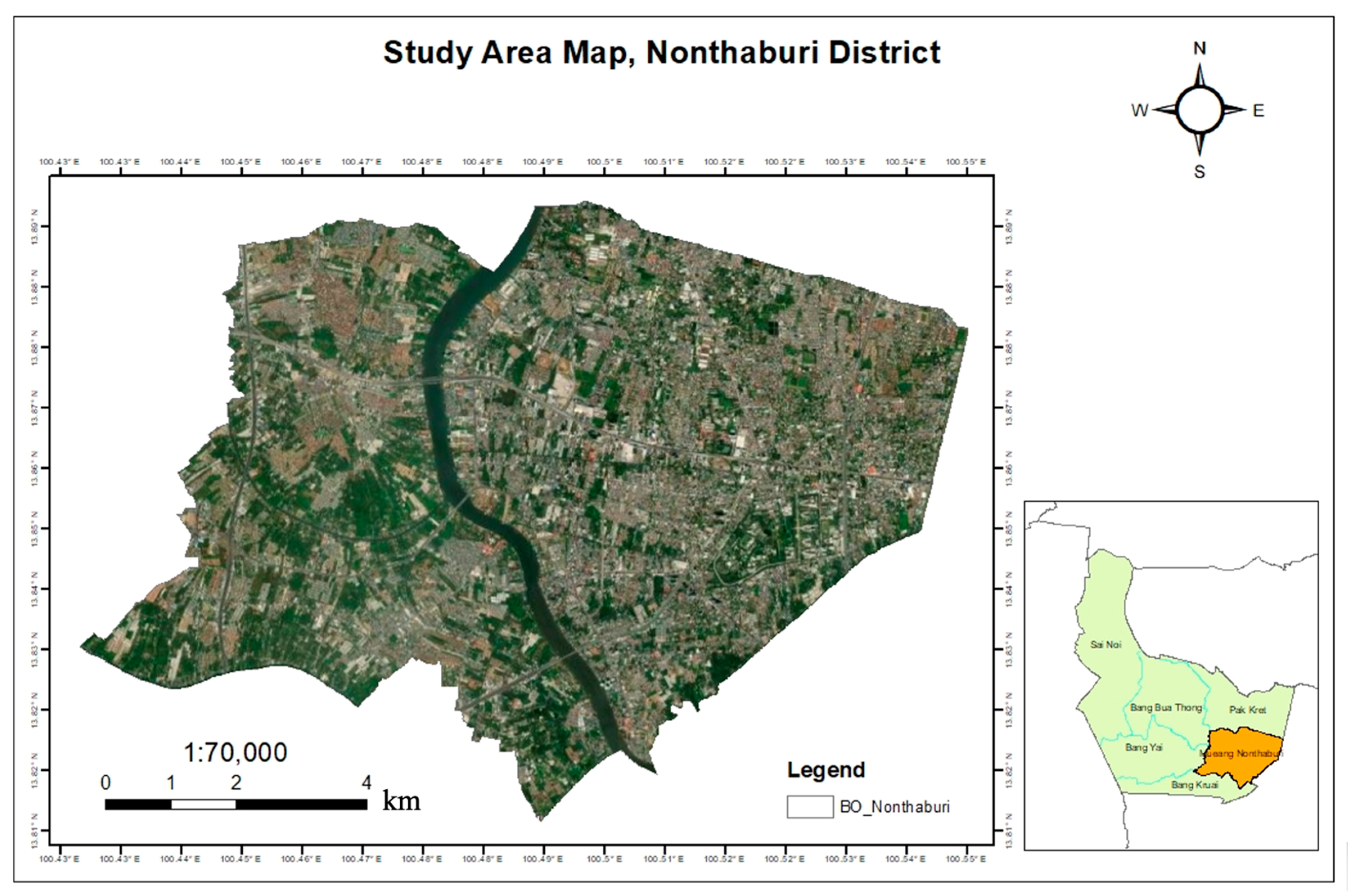
Urbanization and expansion in each city of emerging countries have become an essential function of Earth’s surface, with the majority of people migrating from rural to urban regions. The various urban category characteristics have emphasized the great importance of understanding and creating suitable land evaluations in the future. The overall objective of this study is to classify the urban zone utilizing building height which is estimated using Sentinel-1 synthetic aperture radar (SAR) and various satellite-based indexes of Sentinel-2A. The first objective of this research is to estimate the building height of the Sentinel-1 SAR in Nonthaburi, Thailand. A new indicator, vertical-vertical-horizontal polarization (VVH), which can provide a better performance, is produced from the dual-polarization information, vertical-vertical (VV), and vertical-horizontal (VH). Then, the building height model was developed using indicator VVH and the reference building height data. The root means square error (RMSE) between the estimated and reference height is 1.413 m. Then, the second objective is to classify three classes of urban types, which are composed of residential buildings, commercial buildings, and other buildings, including vegetation, waterbodies, car parks, and so on. Spectral indices such as normalized difference vegetation index (NDVI), normalized difference water index (NDWI), and normalized difference built up the index (NDBI) are extracted from the Sentinel-2A data. To classify the urban types, a three-machine learning classifier, support vector machine (SVM), random forest (RF), and k-nearest neighbor (KNN) were developed. The classification uses randomly trained data from each 500 m focus study which are divided into a 100 × 100 m grid. Different models are examined using different variables, for example, classification using only building height and only spectral indices. The indices and estimated building height were used to classify the urban types. Not only the average of various satellite-based indices and building height of 100 × 100 m grid was used, but also the minimum, maximum, mean, and standard deviation were calculated from NDVI, NDWI, NDBI, and building height. There are a total of 16 variables used in the model. Eventually, the principal components analysis (PCA) was used to reduce the variables and get better performance of the models. SVM showed better accuracy than the other two, RF and KNN. The accuracies of SVM, RF, and KNN are 0.86, 0.75, and 0.76, respectively.
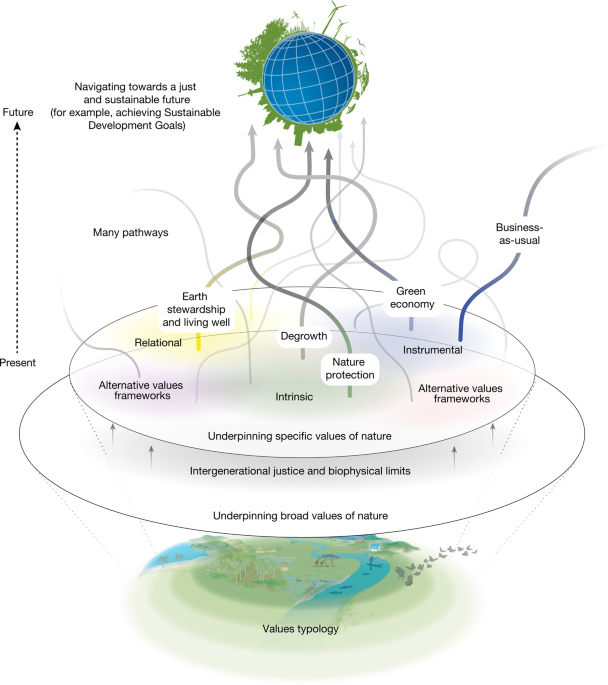
Diverse values of nature for sustainability

Nike Sustainability. Move to Zero.
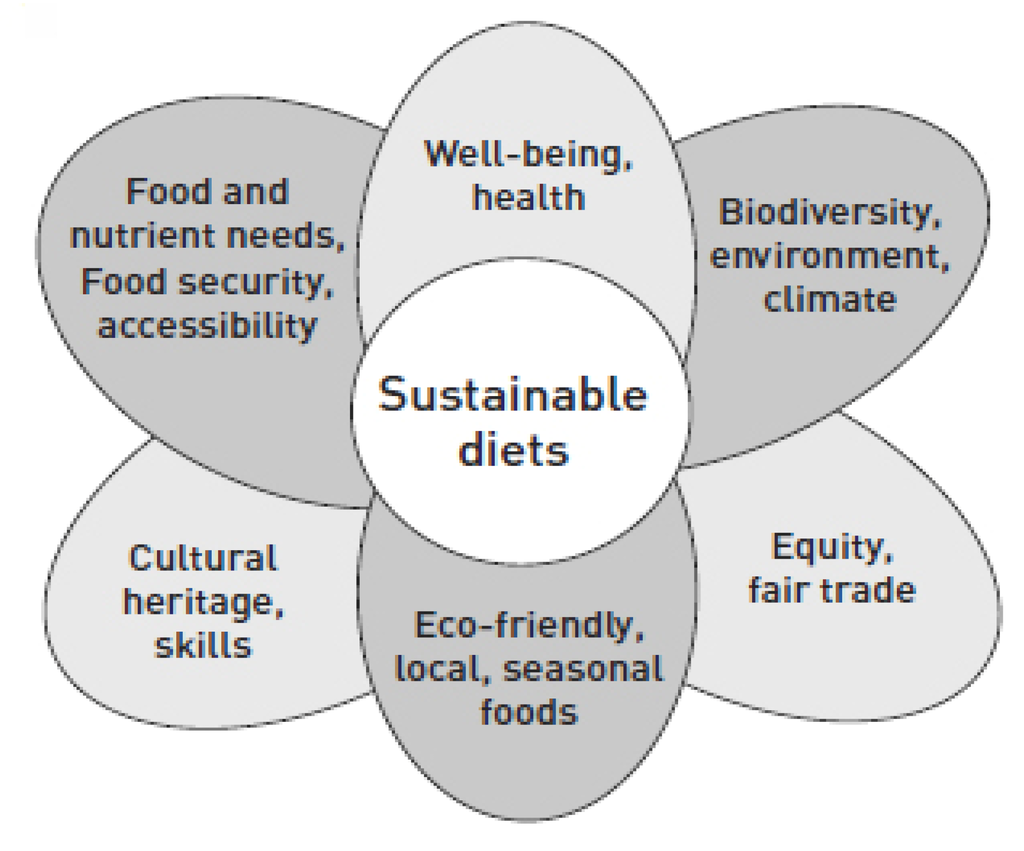
Sustainability, Free Full-Text

the practice of reducing disaster risk through systematic efforts
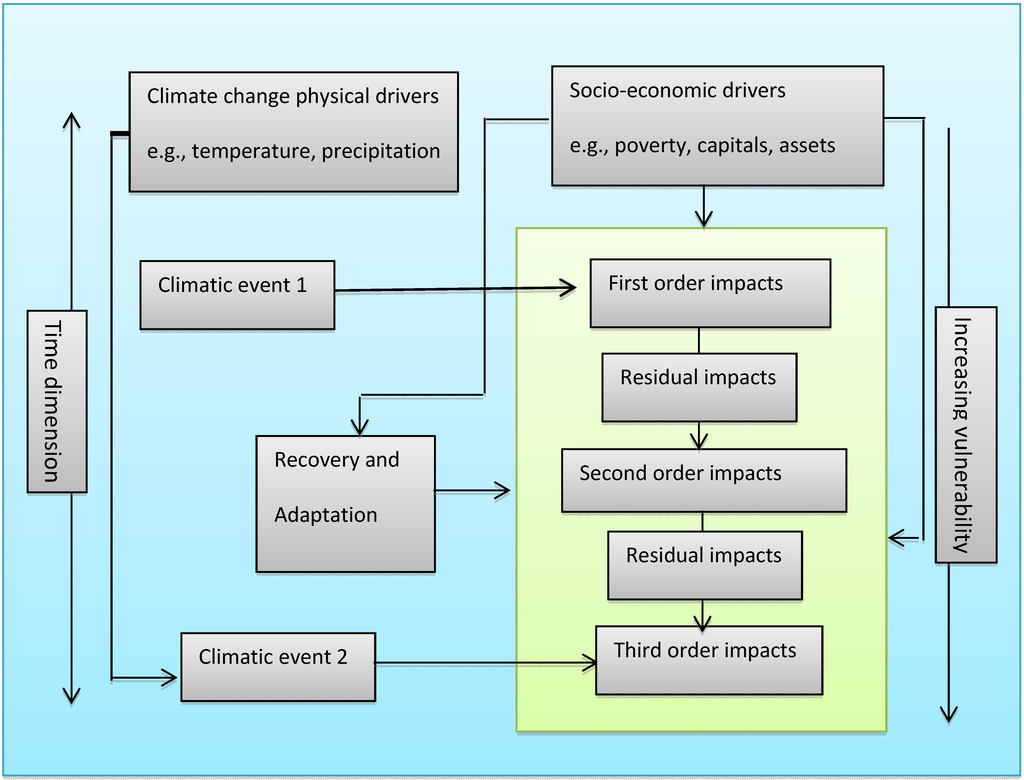
Sustainability, Free Full-Text
Sustainability, Free Full-Text

The Importance of Sustainability in Business

Importance of Sustainable Tourism - Sigma Earth
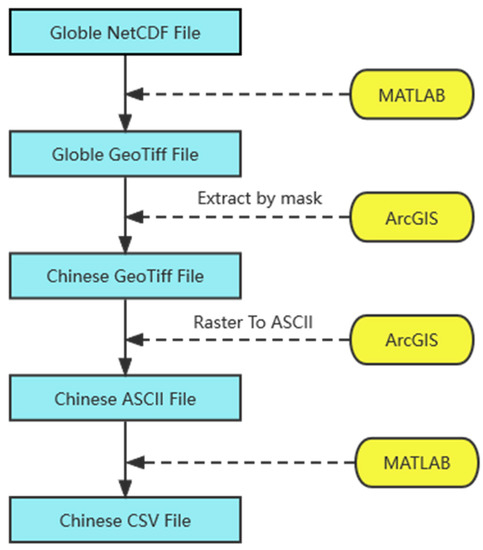
Slm Toolkit Get File - Colaboratory

Sustainable business model for climate finance. Key drivers for
Sustainability : a Bedford spotlight reader : Weisser, Christian R
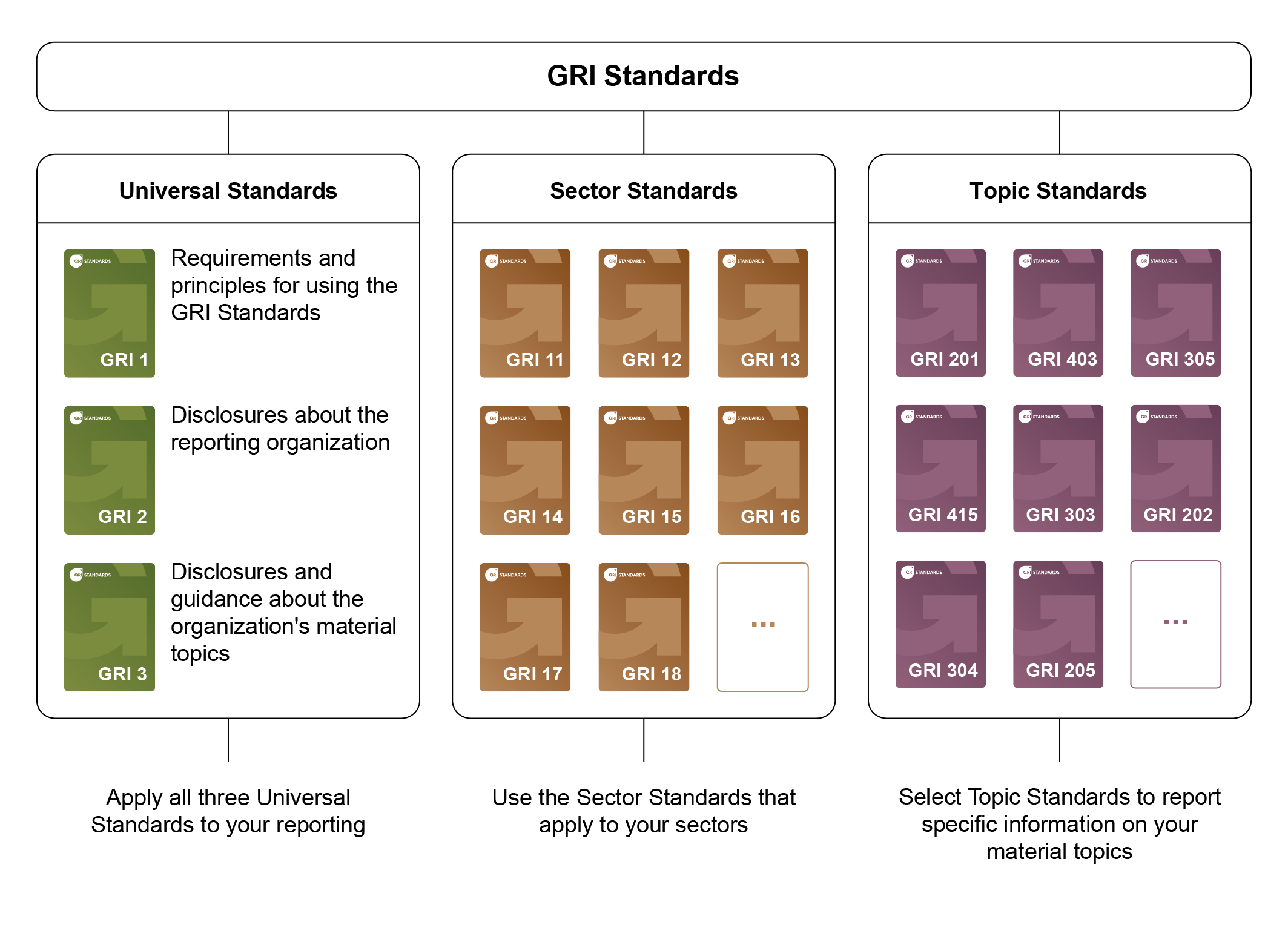
GRI - Standards
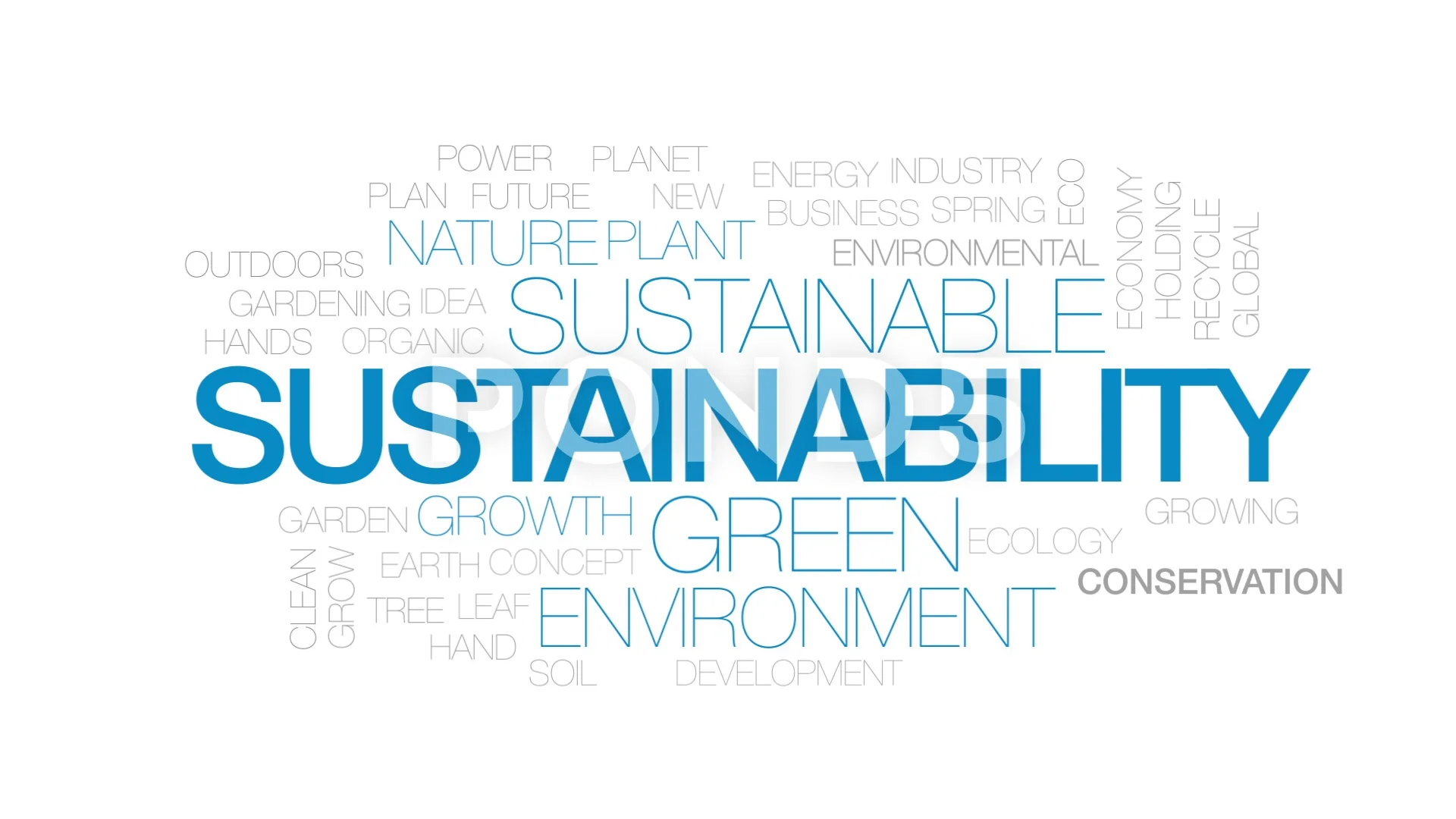
Sustainability animated word cloud, text, Stock Video

Sustainability Graphic by laurenejlevinson · Creative Fabrica
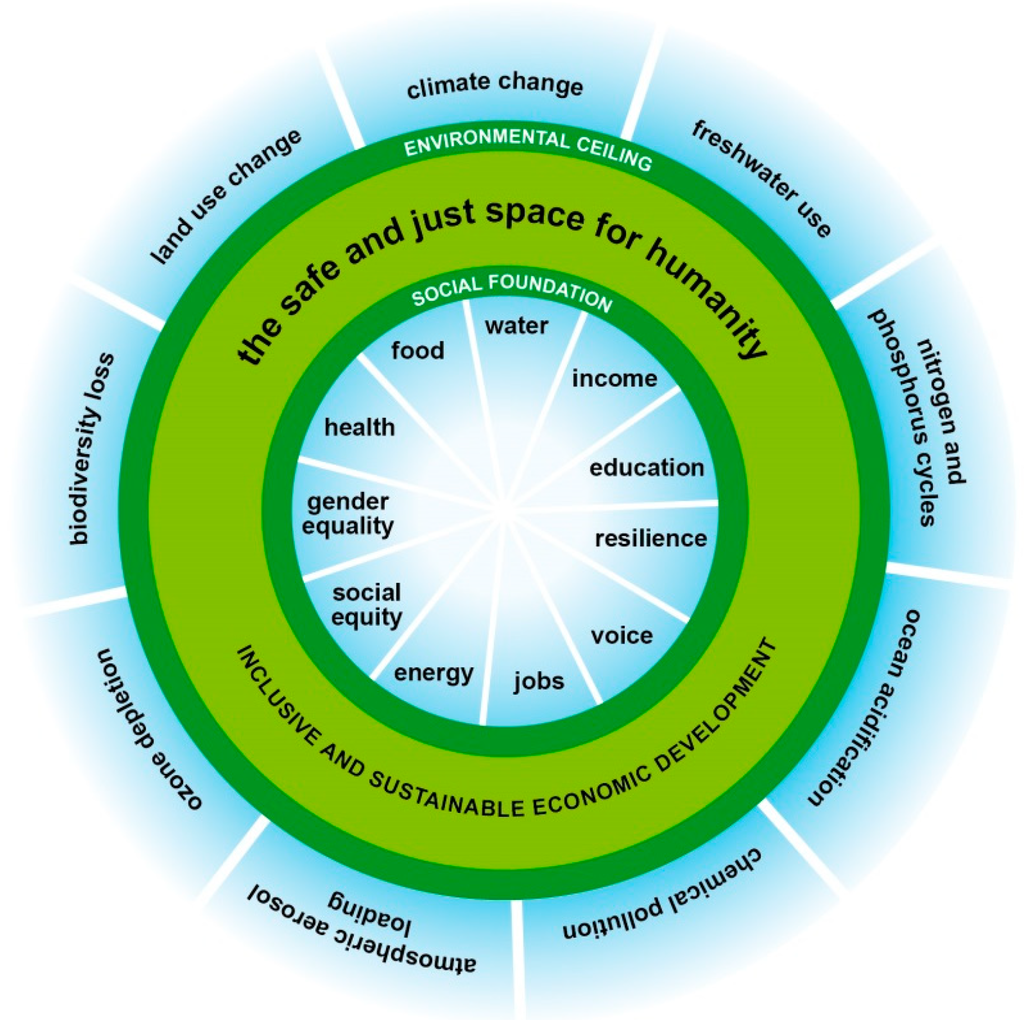
Sustainability, Free Full-Text
Recomendado para você
-
 Gooey Earrings - Drawception29 maio 2024
Gooey Earrings - Drawception29 maio 2024 -
 A Phylogenetic Analysis of Ant Morphology (Hymenoptera: Formicidae) with Special Reference to the Poneromorph Subfamilies29 maio 2024
A Phylogenetic Analysis of Ant Morphology (Hymenoptera: Formicidae) with Special Reference to the Poneromorph Subfamilies29 maio 2024 -
MisterMetokur - Welp the SCP wiki sanitized the doorknob29 maio 2024
-
 An alternative application for reuse of leaching residues: Determination of adsorption behaviour for methylene blue and process optimization - ScienceDirect29 maio 2024
An alternative application for reuse of leaching residues: Determination of adsorption behaviour for methylene blue and process optimization - ScienceDirect29 maio 2024 -
 Much Ado About Nothing: The SCP Wiki's Most Controversial Article29 maio 2024
Much Ado About Nothing: The SCP Wiki's Most Controversial Article29 maio 2024 -
 Mitochondrion‐Anchoring Photosensitizer with Aggregation‐Induced Emission Characteristics Synergistically Boosts the Radiosensitivity of Cancer Cells to Ionizing Radiation - Yu - 2017 - Advanced Materials - Wiley Online Library29 maio 2024
Mitochondrion‐Anchoring Photosensitizer with Aggregation‐Induced Emission Characteristics Synergistically Boosts the Radiosensitivity of Cancer Cells to Ionizing Radiation - Yu - 2017 - Advanced Materials - Wiley Online Library29 maio 2024 -
 Neuroanatomical organization and functional roles of PVN MC4R pathways in physiological and behavioral regulations29 maio 2024
Neuroanatomical organization and functional roles of PVN MC4R pathways in physiological and behavioral regulations29 maio 2024 -
Transportador de Recorte, PDF, Gear29 maio 2024
-
Gorefield - Parte 2 [SCP-3166] #gorefield #garfield #scp3166 #scp #cr29 maio 2024
-
 Surprised no one has posted this yet Source(NSFW)29 maio 2024
Surprised no one has posted this yet Source(NSFW)29 maio 2024
você pode gostar
-
 Prognósticos US Open 2023: Previsões para apostar no torneio de ténis US Open.29 maio 2024
Prognósticos US Open 2023: Previsões para apostar no torneio de ténis US Open.29 maio 2024 -
 Roblox 3 Bundle UGC FREE29 maio 2024
Roblox 3 Bundle UGC FREE29 maio 2024 -
 Assistir Shin Shinka no Mi: Shiranai Uchi ni Kachigumi Jinsei - Dublado ep 5 - Anitube29 maio 2024
Assistir Shin Shinka no Mi: Shiranai Uchi ni Kachigumi Jinsei - Dublado ep 5 - Anitube29 maio 2024 -
 Pokemon Scarlet and Violet: Which path to take first?29 maio 2024
Pokemon Scarlet and Violet: Which path to take first?29 maio 2024 -
 Why the Future of Naughty Dog Will Be Inspired by Elden Ring29 maio 2024
Why the Future of Naughty Dog Will Be Inspired by Elden Ring29 maio 2024 -
 Top Gear - Rotten Tomatoes29 maio 2024
Top Gear - Rotten Tomatoes29 maio 2024 -
 Gyoza and Okami sushi for dinner. Seafood and vegetable du…29 maio 2024
Gyoza and Okami sushi for dinner. Seafood and vegetable du…29 maio 2024 -
 Sling Wrap para bebê em suedine Preto Pati Nicki - Up Baby29 maio 2024
Sling Wrap para bebê em suedine Preto Pati Nicki - Up Baby29 maio 2024 -
 ROBLOX LITE PARA PC FRACO ✓ RODA EM QUALQUER COMPUTADOR FRACO SEM29 maio 2024
ROBLOX LITE PARA PC FRACO ✓ RODA EM QUALQUER COMPUTADOR FRACO SEM29 maio 2024 -
 Cute dinosaur with mint ice cream. Summer vibe, flat style29 maio 2024
Cute dinosaur with mint ice cream. Summer vibe, flat style29 maio 2024


![Gorefield - Parte 2 [SCP-3166] #gorefield #garfield #scp3166 #scp #cr](https://www.tiktok.com/api/img/?itemId=7226380769608862982&location=0&aid=1988)